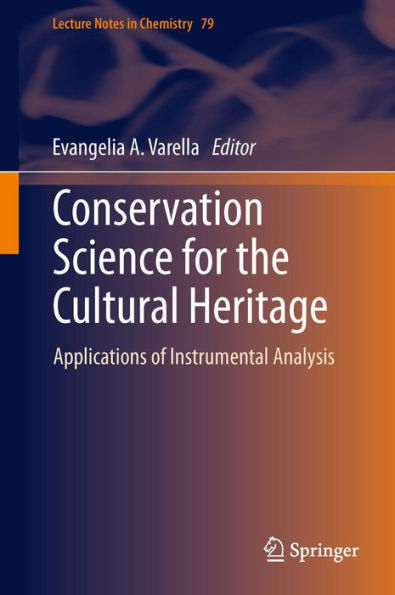Conservation Science is a rather innovative application of instrumental analysis with steadily increasing importance. Although the first attempts for preserving material from the cultural heritage on a scientific basis are found in the 19th century pioneer chemistry years, only the use of sophisticated physicochemical techniques results in effective identification and deterioration studies of monuments and objects, and in reliable intervention procedures.
This volume allows to gain solid knowledge and improved skills on the ways separation schemes and diagnostic methodologies are applied in the safeguarding and authentication of tangible works of art; as well as on the modes of implementing novel safeguarding practices built on well-established principles – such as the use of laser in the decontamination of objects. All techniques are covered at a state-of-the-art level; while selected applications permit addressing major groups of materials and artefacts.
Conservation Science is nowadays taught at master’s level in all developed countries, and museum laboratories increasingly adopt scientific approaches in their restoration initiatives. The book is intended as a valuable tool for students and professionals active in these frames. In addition, it provides an indispensable manual for participants in the specialized intensive courses, which are systematically offered by the authors under the auspices of the relevant European network.



